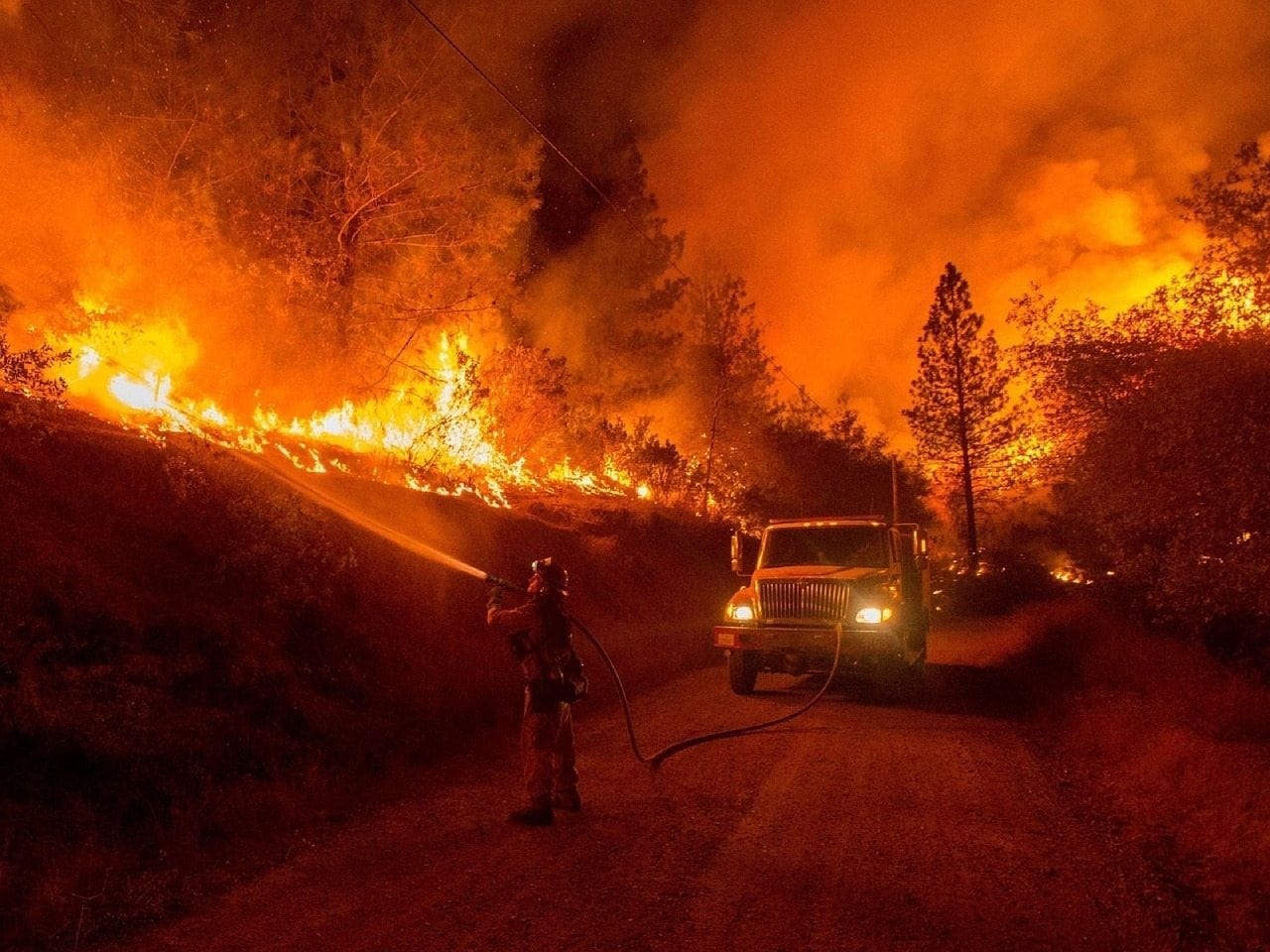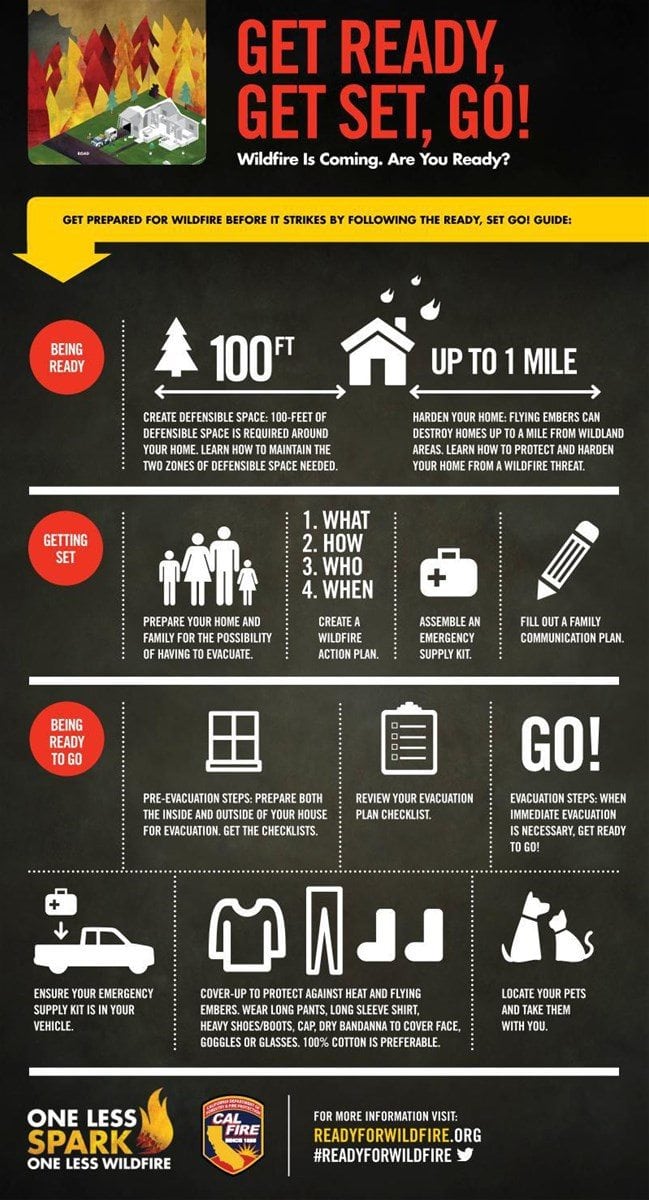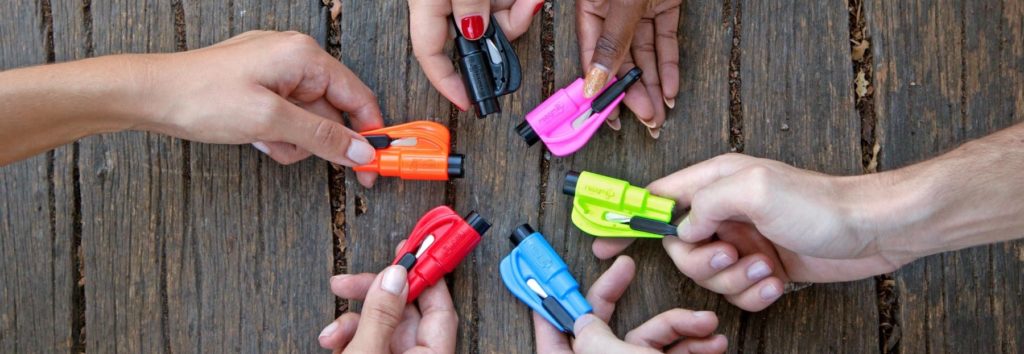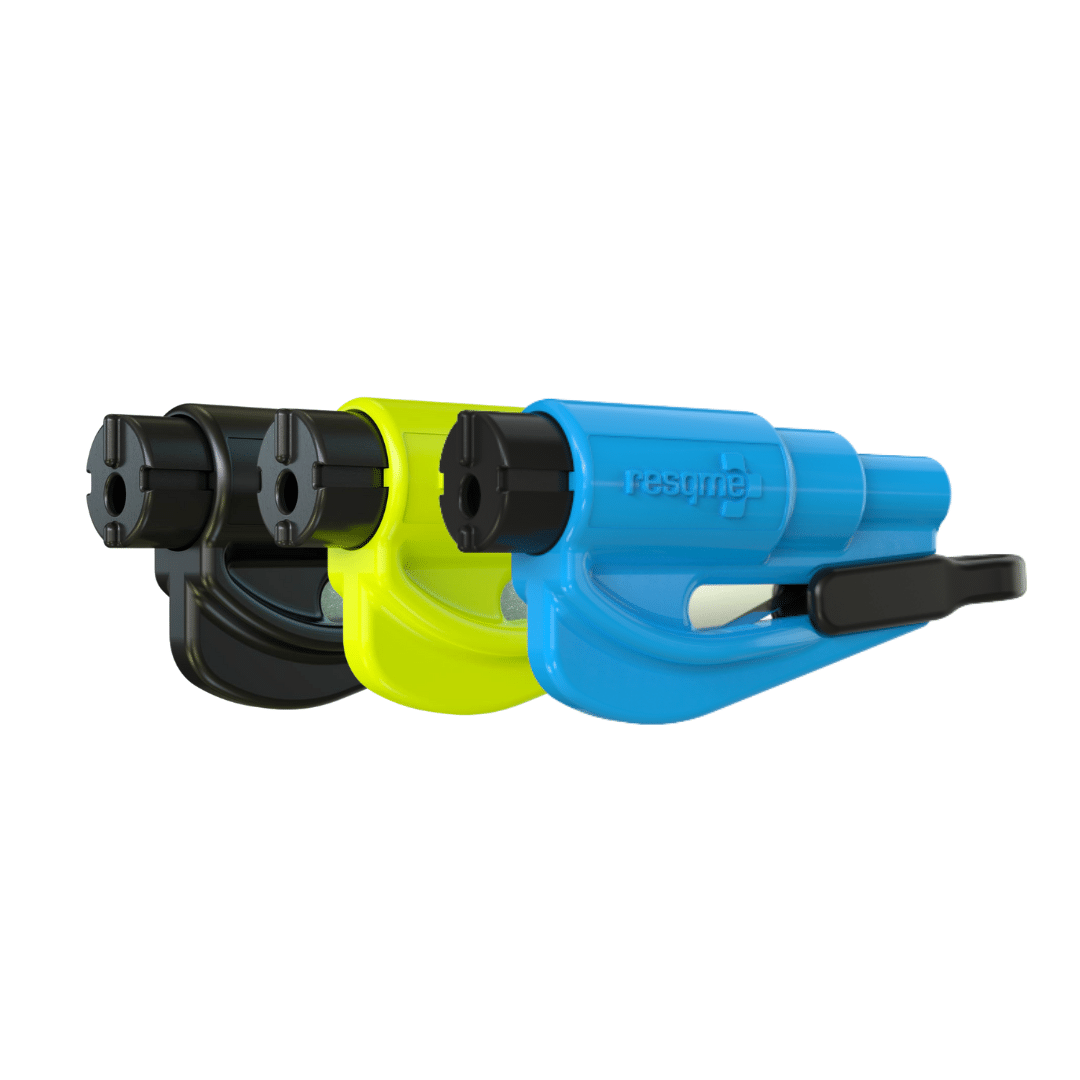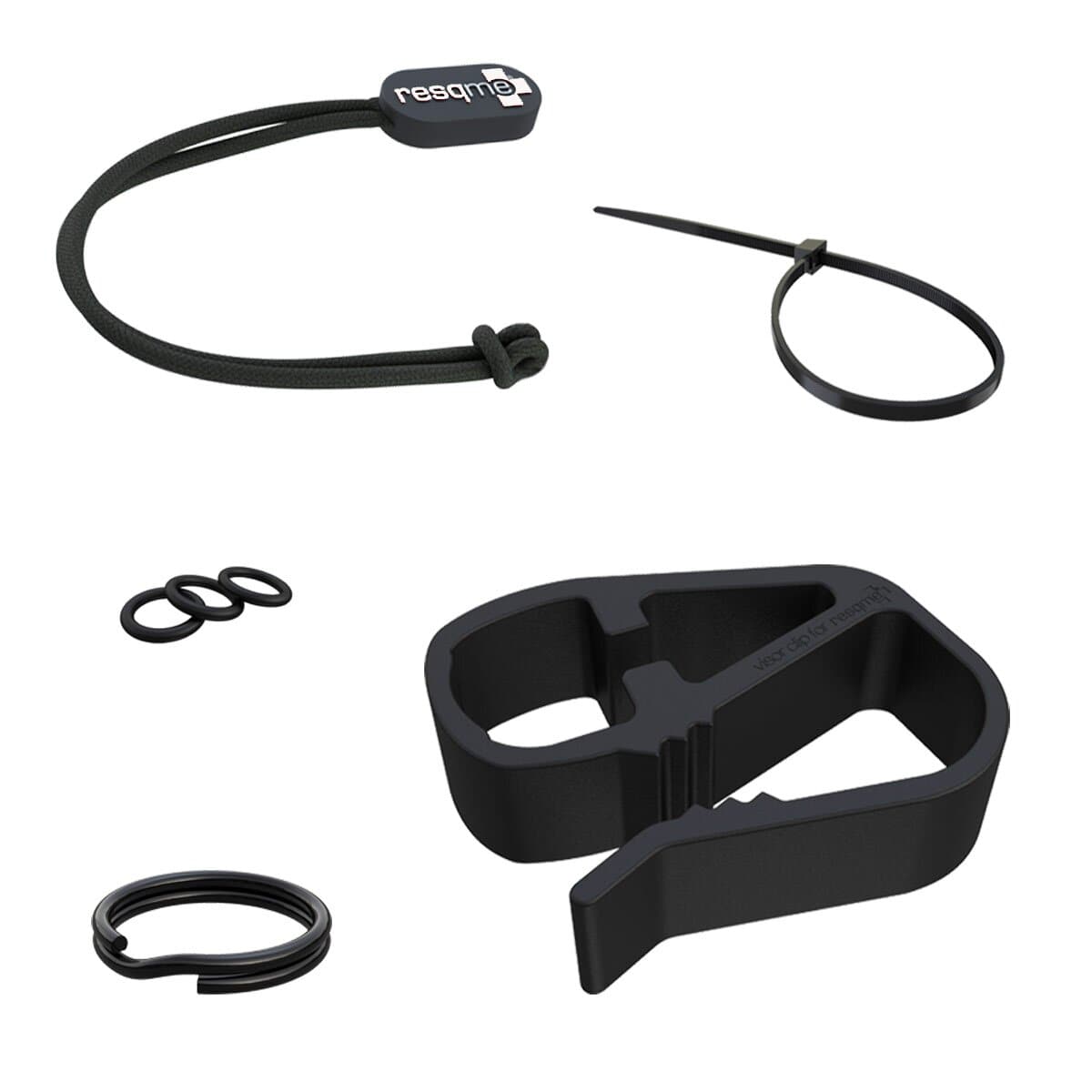Resqme, Inc. was one of the many businesses and affected by the Thomas Fire in Southern California during the month of December 2017. Several of our employees had to evacuate and were in the danger of losing their homes. During this fire we learned how important it is to be prepared for emergencies that may occur in our county, and we want to share this wisdom with our customers. When a fire like this one hits, time is of the essence. Here is a to-do list to help you be ready to evacuate if you need to.
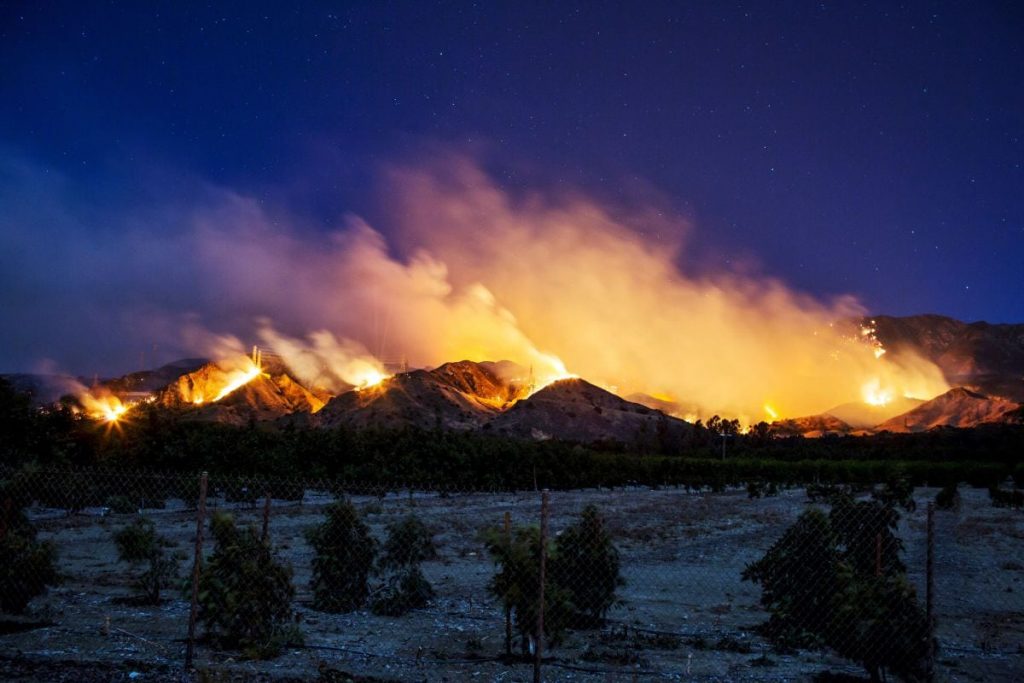
Things to do ahead
- Sign up for a local alert system: receiving timely and updated information about weather conditions, fire directions and evacuations are essential during a wildfire. To find out what alerts are available in your area, you can do an Internet search with your town, city, or county name and the word “alerts”; you can go to the website for your local emergency management or public safety office; or you can contact these offices by telephone.
- Remember to always act as the fire would come your way. Being ready is a great way to ensure your safety.
- Make a list of what to pack. It’s better to write it down ahead of time to avoid forgetting anything important.
- Assemble an emergency kit before a wildfire or another disaster occurs. Plan to be evacuated for at least three days. This kit should include:
– P95 or N95 masks to avoid breathing inhaling hazardous particles
– Important documents (birth certificates, passports, etc.)
– Three-day supply of food and water and change of clothing
– An extra set of car keys, credit cards, cash or traveler’s checks
– Map marked with at least two evacuation routes
– Prescriptions or special medications, extra eyeglasses or contact lenses
– First aid kit
– Flashlight
– Battery-powered radio and extra batteries
– Sanitation supplies
– If you own pets, get food and water.
- Open your garage doors and gates. Fill the car gas tanks and park the vehicles nose-out.
- Receiving updated information is critical. A battery-powered radio tuned to local stations will help you stay updated in case of a power outage. You can purchase NOAA Weather Radio All Hazards.
- Know your escape routes. Have a backup plan in case roads are closed. Also, have a safe destination planned, such as a friend’s house or an evacuation center. A Family Communication plan will allow all family members to have access to the same information if separated during an evacuation.
- Have fire extinguishers on hand and train your family on how to use them. Ensure that your family knows where to locate the shut-down controls for your gas, electric, and water.
=> You can download an official home-evacuation checklist here.
If you have few hours to evacuate
- Assemble supplies. Grab your emergency kit and add last-minute items: passports, phones, chargers, laptops, easily carried valuables. Also, grab what you would miss! Everything that has a special place in your heart: pictures, paintings, a special piece of clothing or a plush… We all have different stories and memories that speak to us. Put everything in the trunk.
- Wear long pants and long sleeves shirt to protect you against the heat and the ash. Provide every member of the family with a flashlight and a respirator mask.
- Share your location with your family and friends. You can use the Google Maps feature that allows you to share your current location for few days or more.
- Turn off your gas when leaving.
- Snap pictures of every room in your house and your yard: you might have to use them for insurance purposes.
- If you have enough time, give your home the best chance of surviving a wildfire. To do so, you can irrigate your roof and property if you have a pool and a pump. Remove dead leaves and clear the gutters. Gather up flammable items from the exterior of the house and bring them inside (patio furniture, children’s toys, door mats, trash cans, etc.). You can also leave buckets of water around your property for the animals.
- You don’t really need to unlock your doors and windows. If the firefighters need to enter, they will find their way in, whether the house is locked or not (that’s a tip given by a firefighter!).
- Check on your neighbors.
How to stay updated
You can monitor the fires and the air quality on this interactive map.
Google also has a crisis map that shows you the active wildfires and the voluntary and mandatory evacuation zones. Google’s dynamic maps are worth bookmarking, so you can stay up to date with the latest updates from affected areas.
Another great source of the latest info would also be your County/City Twitter account.
Download the the Wildfire is Coming, Are You Ready to Go! brochure from the California Department of Forestry and Fire Protection.
——————
Our hearts go out to everyone affected by the Thomas Fire and other wildfires.
We also want to thank all of the firefighters for their brave and hard work to fight the fires and keep everyone safe.
This article was written using content and advice from the Santa Barbara Independent Magazine, the California Department of Forestry and Fire Protection website and personal experience of the author.

